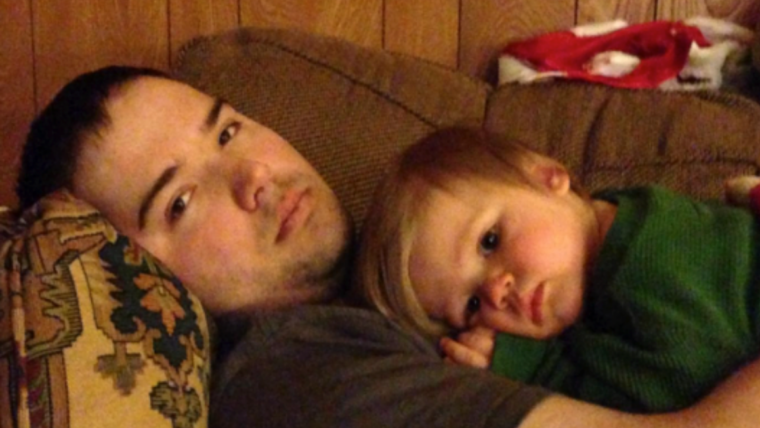A superstitious behavior is developed when a behavior is inadvertently reinforced by a behavior that precedes it. In Skinner’s example, pigeons were provided with non-contingent reinforcement in the form of bird seed every fifteen seconds and they developed idiosyncratic behaviors because they the bird seed inadvertently reinforced whatever behavior the pigeon was engaging in prior to getting the food.
Most of the time superstitious behaviors are benign. For example, a person might have a lucky shirt that they wear for a job interview because in the past they had a successful interview wearing the same shirt. In reality, the shirt had no bearing on the outcome of the meeting but because the behavior of wearing the shirt was followed by a desirable outcome, it was reinforced. Obviously, the intention of the interviewer was to hire a new emp;oyee, not to reinforce the candidate’s behavior of wearing the shirt. However, the job candidate now thinks the shirt is lucky and so wearing the shirt is a superstitious behavior.
One way that superstitious behavior could be dangerous is if a person accidentally reinforces an undesirable behavior. For example, let’s say Angela, who is attention seeking falls off the couch onto the floor. She falls on the rug and she is not hurt. Mom has no way of knowing that she even had just fallen off the couch. She didn’t see it and Angela wasn’t hurt so she wasn’t crying. Mom just so happens to walk by the living room immediately after she falls, walks up to her on the floor, picks her up and gives her a big hug. Angela thinks her mom hugged her because she rolled off the couch. Angela now starts rolling off the couch when she wants mom’s attention. This behavior is superstitious because it was reinforced by what came after it even though the events were not connected.
P.S.
This article is useful for registered behavior technicians (RBT) or students who are studying to become board certified behavior analysts (BCBAs). Understanding (Applied Behavior Analysis) ABA terms is critical for both being an effective ABA therapist and passing your BCBA exam.
In an effort to help you study for your BCBA exam more effectively, this post is written in a “study note” form rather than as a long form blog post. They are my personal study notes I am sharing with you as a gift. I am spending my time studying so they are not edited. I am grateful for your understanding in overlooking the grammar! Happy Studying!
Reference
Skinner, B.F. (1953) Science and Human Behavior. New York: MacMillan.



